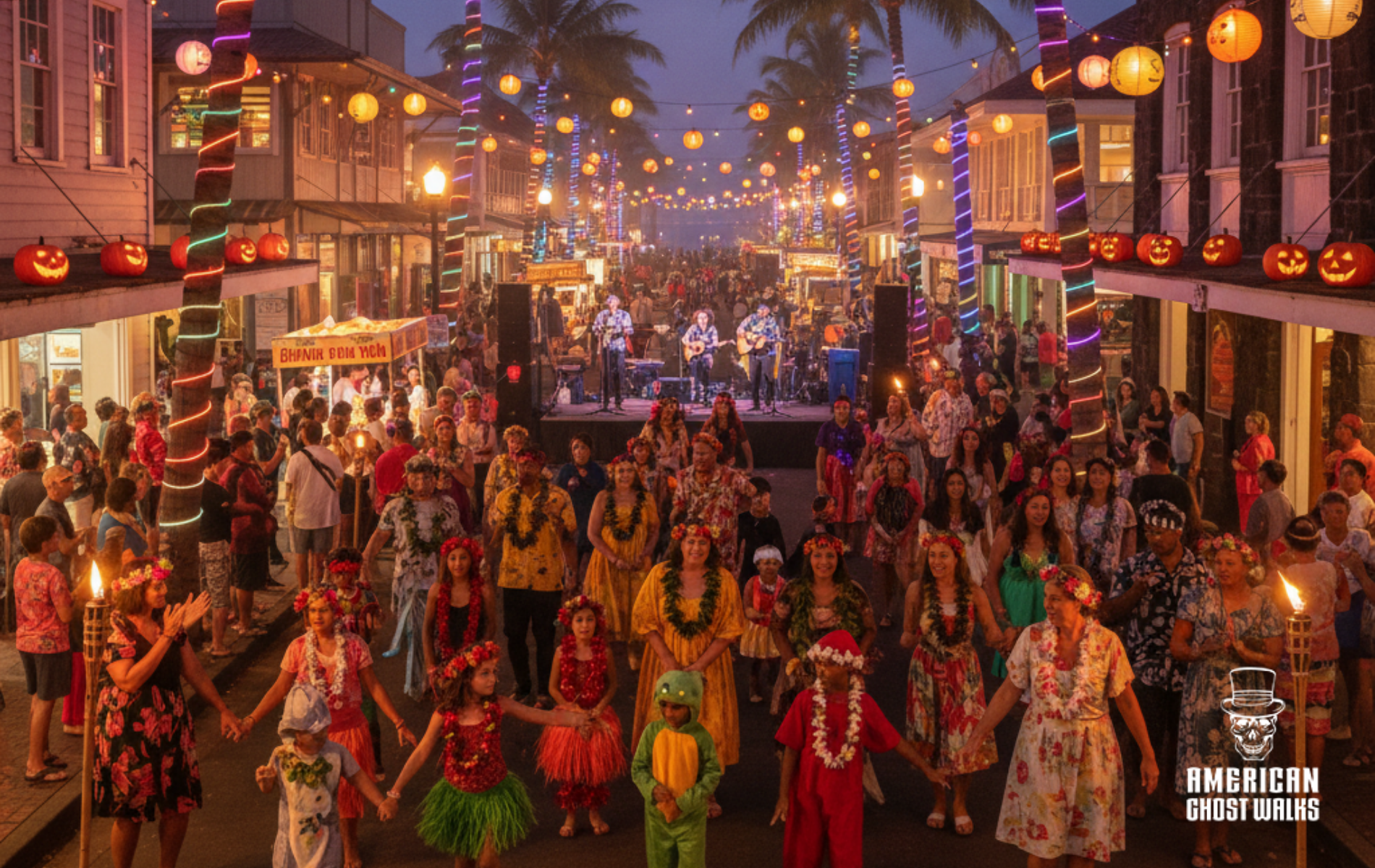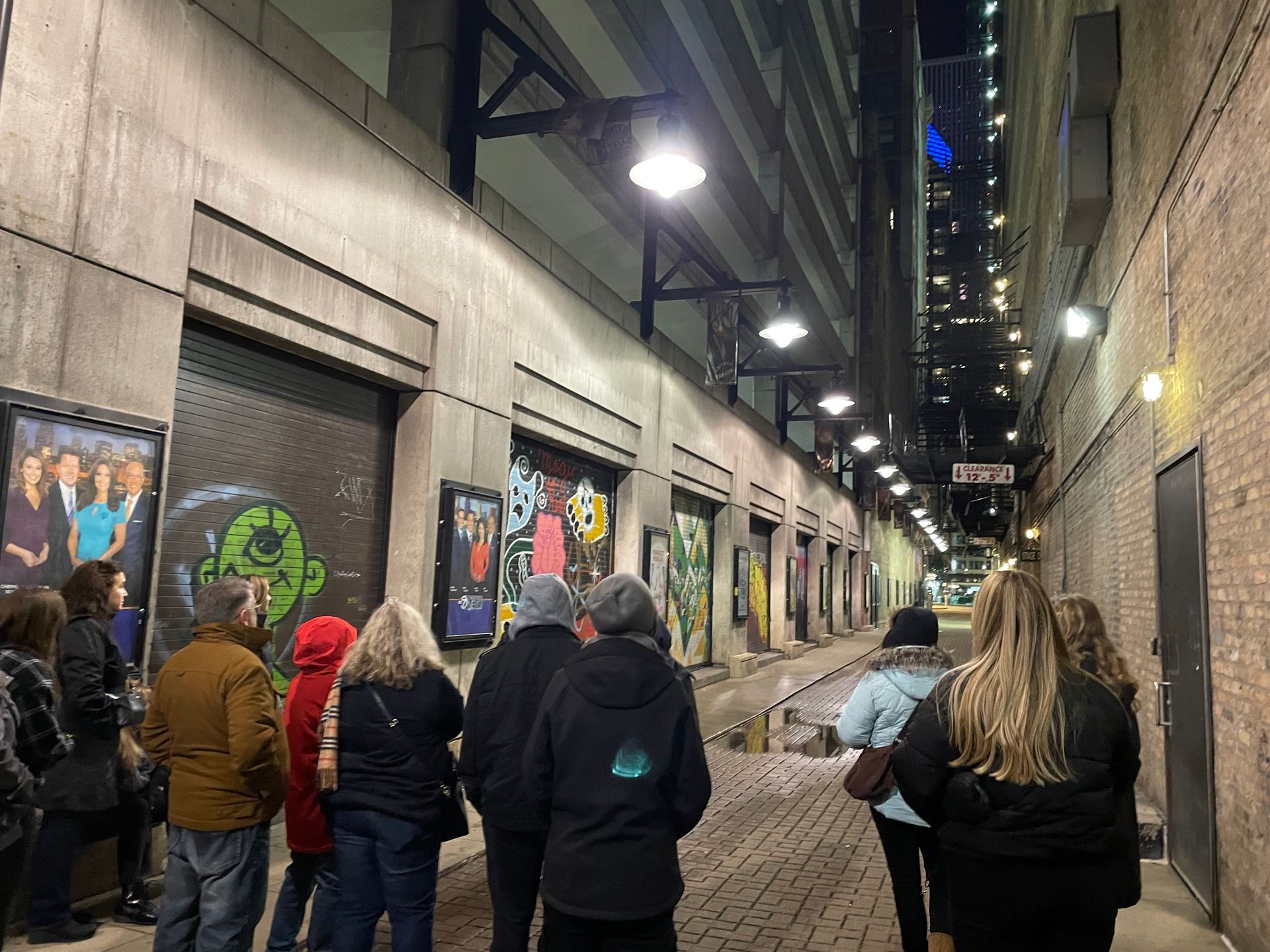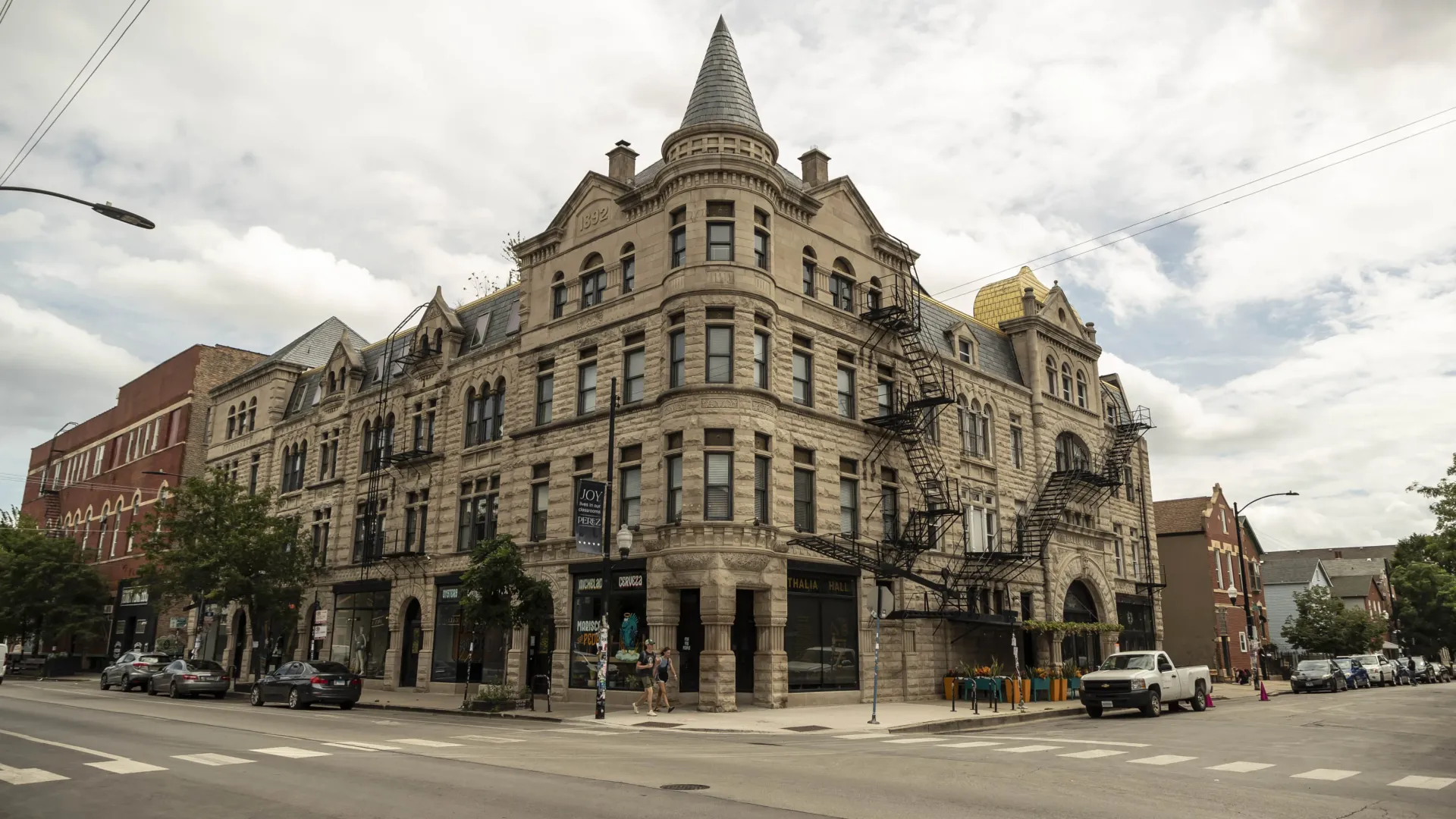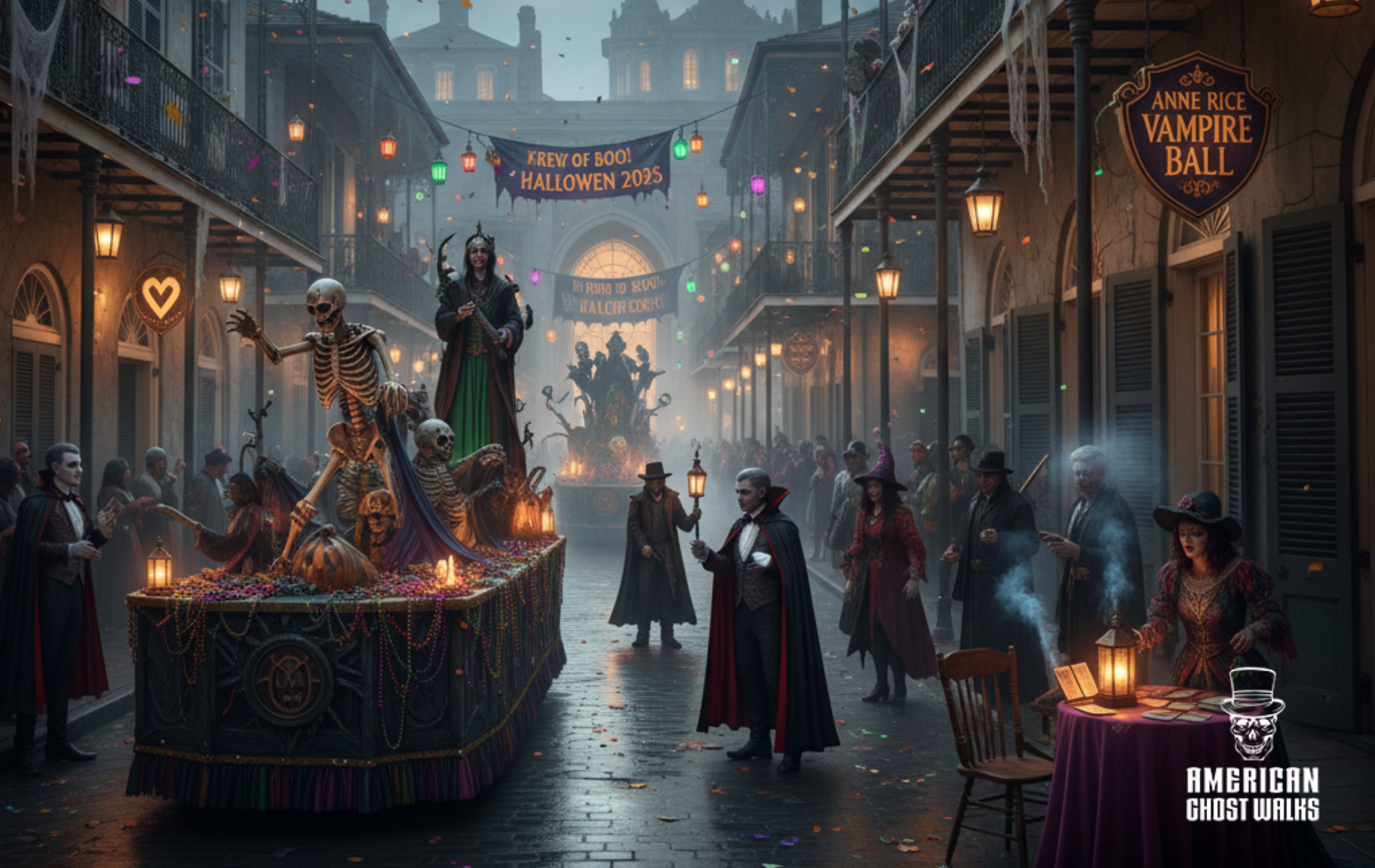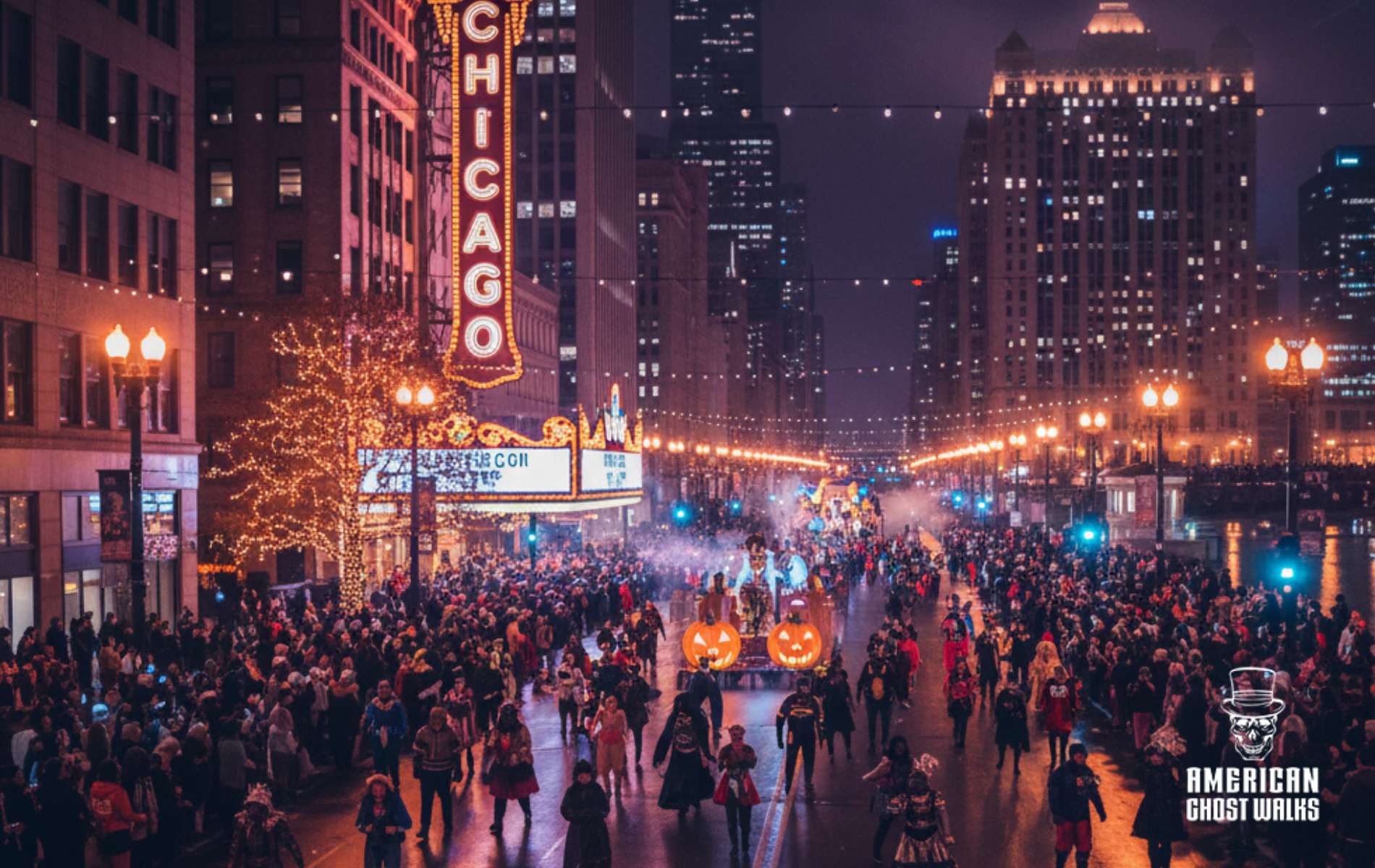An Oily Residue: The Haunting of the Peabody Estate at Mayslake
Someone told me recently, "No matter how great my Chicago ghost experiences are, Ursula, you always have a better story." Well, I don't know about that, but I do know that us old timers have some pretty cool stories pre-dating a lot of stuff you find online.Typical is my experience of the famously haunted Peabody Estate at Mayslake--which I first went to check out in 1995 for inclusion in
--and ended up, essentially, living at.
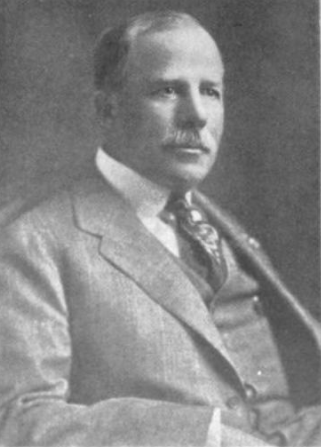
As a north sider, I hadn't grown up hearing about Francis Stuyvesant Peabody, but I had learned about him in the "campfire stories" I heard from classmates at Benedictine University in the 1980s, and I was eager to check out this harrowing tale of the late coal magnate suspended in a glass casket filled with oil on the sprawling estate-turned-monastery he left behind in suburban Oak Brook.
My mom and I visited Mayslake together on a Sunday afternoon in the mid 1990s, parking and walking out to the Portiuncula chapel--a popular spot for weddings. A few minutes into our visit, we were greeted by the caretaker of the grounds, a guy named Joe that regular visitors to the hallowed grounds affectionately called "Jesus" for his mustached and bearded countenance and joyful, spiritual demeanor. Joe gave us an extended tour of the grounds and the crumbling Peabody mansion. He entertained us for a long time with tales of the family and the property. He told us the place was "very special." When I got home and found he had left a message on my answering machine asking me out, I said yes. He had been really nice to my mom. Besides, I wanted to go back.
Fast forward a few months to find me taking the Burlington train west after work most days to visit Joe and-of course--"Peabody's Tomb"-- and soon after, the two of us becoming engaged. Yep, engaged.
My short time as the "Lady of Mayslake" is one of the most magical memories I have. Joe made me feel quite at home there, fixing up a room for me to sleep in in the more modern wing which had housed the nuns who had cared for the monastery in its heyday. He knew I was a paranormal investigator, of course, and an historian, and he regaled me for hours with stories of the estate's history--and mystery. I spent such sacred and mystical evenings there, gazing over the lake and walking the grounds at twilight and sunrise, and spending nights in various rooms of the great House, which at the time was totally inaccessible to the public due to safety hazards.
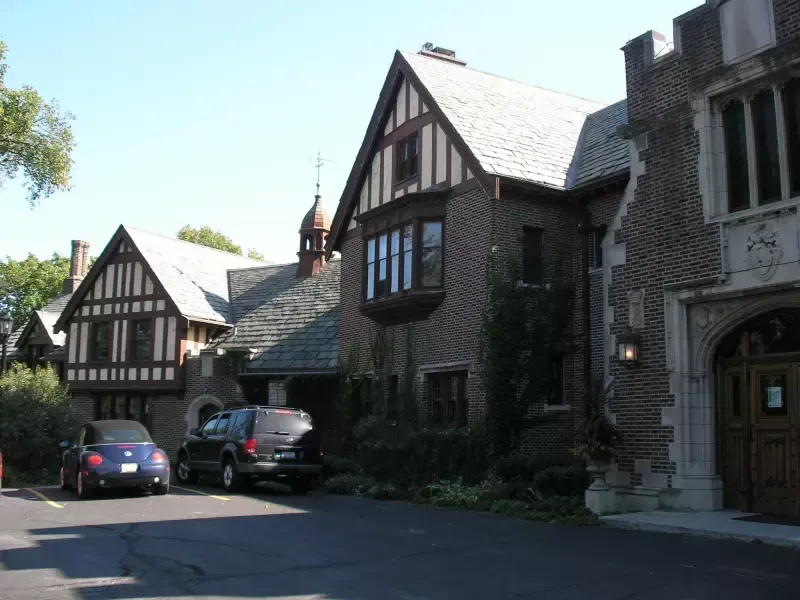
As I began to learn about Mayslake from this gentleman caretaker, first on the list of stories to address, of course, was the story that everyone had heard. So I asked him.
The Legend of Peabody's Tomb
The first thing to get out of the way is that, for Chicago area ghost hunters, there are two so-called "Monks' Castles." For those who grew up in the south suburbs, where the church of St. James at Sag Bridge--and its churchyard burial ground--were called thus, you may not know that the western suburban kids had their own "Monks' Castle" at the Peabody Estate in Oak Brook, which became a monastery after the death of the lord of the manor. Both of these sites were known for priests or monks who would take it upon themselves to chase away young people stealing on to the grounds to search for something supernatural.
The Peabody Estate was built by Francis Stuyvesant Peabody, a coal magnate, and designed by the firm of Marshall & Fox, which also designed the Drake, Blackstone and Edgewater Beach Hotels in Chicago. The house sits on a wide lawn opening to Mayslake, named for Peabody's daughter, on a huge tract of land.
After Peabody's death during a fox hunt on the grounds, the property went to the Franciscan religious order of the Catholic Church, and the monks moved in.
It wasn't long before rumors began that Peabody's corpse had been preserved in formaldehyde and lay in state, suspended in a glass coffin on the altar of the little Portiuncula Chapel, which still stands on the grounds. As the rumors spread, area teenagers began to make the night time trek to the grounds to try for a look inside "Peabody's Tomb." In time, the estate became one of the most bothered and vandalized hotspots for young peoples' shenanigans and initiations.
But of course, the monks won. Kids began avoiding the property like the plague after hearing that, if apprehended by the monks at Mayslake, one would be forced to kneel on salt, broken glass, or a broomstick handle for the rest of the night, praying for forgiveness. Like St. James-Sag, there are more memories of the story than of actual run-ins with the brothers.
But what about the body? What about Peabody's tomb?
Well, sadly, none of it is true.

The Portiuncula Chapel is just that: a lovely little church which is, today, a popular spot for weddings. Peabody was never there. He is interred in a nearby cemetery, but did not want his whereabouts disclosed, probably partially feeding the early rumors. And as for the body in the glass casket?
The origin of this story is cloudy, but there is a plausible explanation. The monks owned a relic (bone fragment or other bodily fragment) or St. Innocentius. This holy man was different from POPE Innocent, who is one of the "incorruptibles": saints whose bodies never decomposed. His body is displayed in a glass casket in St. Peter's Basilica in Rome. In fact, he was moved to make way for the body of Saint John Paul II. It's possible that someone heard about the relic, then heard that POPE Innocent was interred in a glass casket, then rumor somehow changed him into Peabody and the chapel into the tomb. Stranger tales have developed from seeds of truth, haven't they?
But the Peabody state is, despite the dismissal of the Peabody legend, absolutely haunted.
One certain spirit is that of a young boy, the child of a housekeeper who worked for Francis Peabody. One afternoon, the child--at play with a ball--became absentminded and fell down a long, steep flight of stairs behind the kitchen. His death shook the staff to their core. To this day, I can't quite express tthe feeling of dread I would get when passing from the new wing where I slept into the main house by way of the kitchen hallway. Whenever I would walk through the doorway into the main house and enter that hall, I would feel acutely as if someone was watching me. For me to say that there is no doubt in my mind that this was a severely haunted area is an understatement indeed. Literally, I still sometimes dream about that hallway and that feeling.
During my nights--and days--in the great House I experienced all manner of activity, from severe cold spots of twenty or more degrees that registered on thermometers to feeling the touch of hands on my face. I also experienced auditory apparitions or hallucinations in the sunroom overlooking the Lake, hearing on multiple occasions piano music which had no source.
Joe also told me that there had been an exorcism in the great House when the brothers lived there in its monastery days. A west suburban youth had reportedly been brought to the estate to have the Roman Catholic ritual performed on his troubled frame and spirit. Such practice lines up with Church practice. During cases of genuine possession, the Church usually mandates that exorcisms--when they are sanctioned--be done in churches, rectories, monasteries, convents or other religiously designated spaces.
Such rituals are not without consequence for the places in which they are held. We are told that, during exorcisms, it is not uncommon for the place of exorcism to retain "energy" from the exorcism, sometimes for generations, or even for the furniture in the room where the exorcism is held to become a new "recepticle" for the demon or demons which are unleashed during the ritual. Could this be part of the explanation for the haunting of the Peabody Estate?
Whatever the murky past of Francis Stuyvesant Peabody's vast former home may hold, there is no doubt about one thing: every visitor to the site says this place is "sacred." Hardly an original thought. For even above the threshold of the Portiuncula chapel, standing through generation after generation of curiosity seekers, the lintel read what it always has:
Hic locus sanctum est.
"This Place is Holy."
Unveil the Haunting Mysteries of Mayslake's Sacred Grounds
Step into the enigmatic Mayslake Peabody Estate, where sacred grounds harbor century-old secrets and unexplained phenomena from tragic accidents to mysterious exorcisms. Journey through coal magnate Francis Stuyvesant Peabody's mansion, where phantom piano music echoes through empty rooms and the spirit of a young boy still haunts the kitchen hallway, making this historic estate one of Chicago's most compelling supernatural destinations. Check out our Chicago ghost tour reviews on Google to see why this tour is a must-experience. Ready to embrace the eerie? Reserve your spot today!
Experience the haunted Mayslake Peabody Estate tonight, where real ghost stories come alive before your eyes. Book your Chicago Ghost Tour today!
Dive deeper into the mysterious world of hauntings with our curated collection of paranormal investigations and ghostly encounters. Read more stories like this in “Ghosts of Lincoln Park: A Chicago Hauntings Companion” by Ursula Bielski, a book of downtown Chicago ghost stories written by our own American Ghost Walks team. Click here for more.
Dive deeper into the mysterious world of hauntings with our curated collection of paranormal investigations and ghostly encounters. Read more stories like this in “The Original Chicago Hauntings Companion” by Ursula Bielski, a book of Chicago ghost stories written by our own American Ghost Walks team. Click here for more.
Are you fascinated by the supernatural and craving more spine-tingling tales? Whether you're a skeptic seeking evidence or a believer looking for your next supernatural fix; "American Ghost Books" offers everything from historical haunted locations to firsthand accounts of paranormal experiences. Each book has been carefully selected to provide authentic, well-researched stories that will keep you turning pages well into the night. Don't let your curiosity about the supernatural remain unsatisfied – explore our collection and find your next ghostly adventure today!
Find Your Next Paranormal Experience
Lincoln Park Hauntings Ghost Hunt and Ghost Tour
Learn MoreOriginal Chicago Hauntings Ghost Bus Tour
Learn More